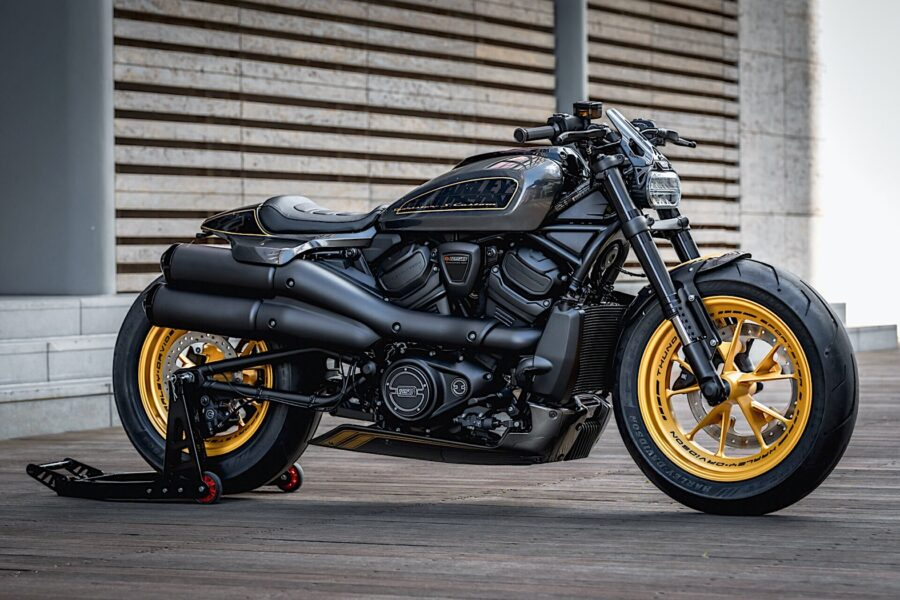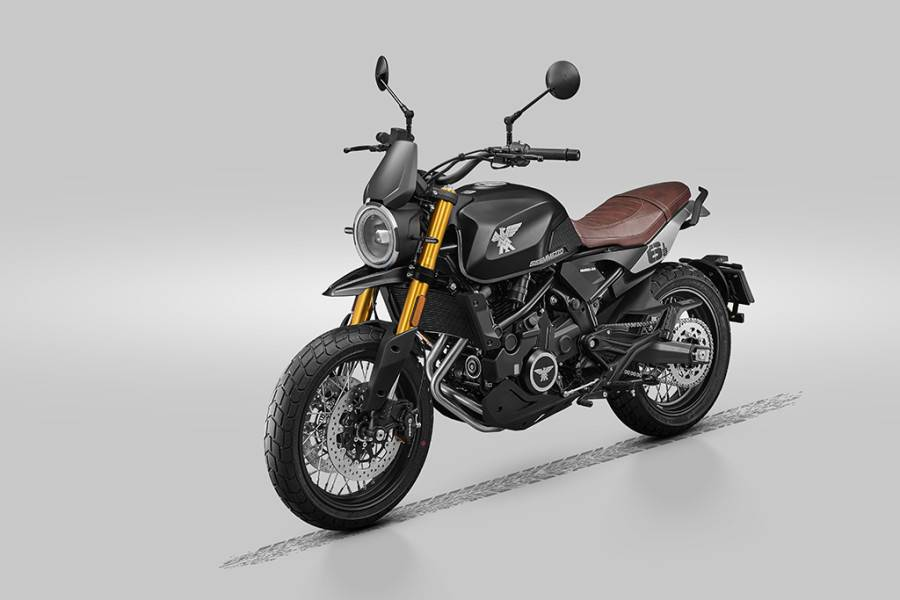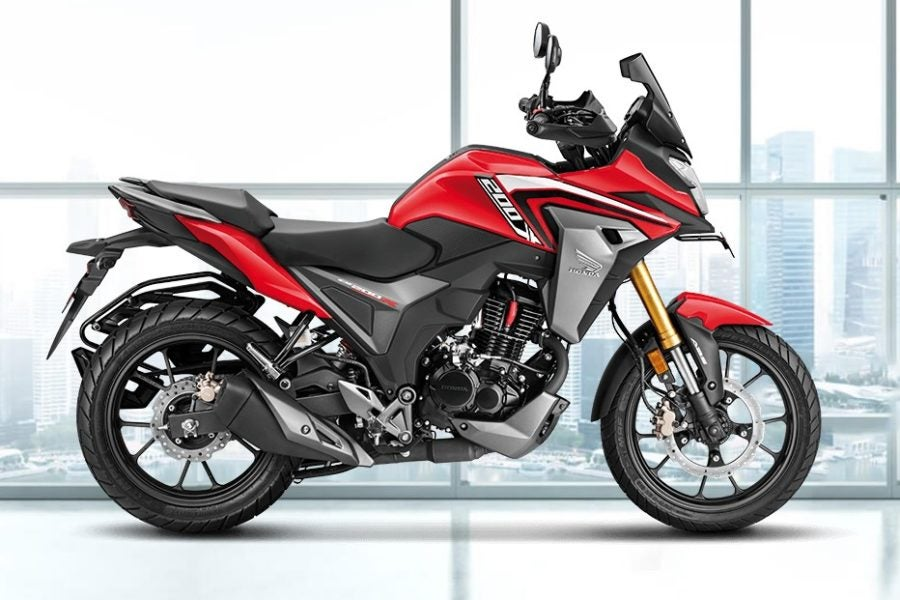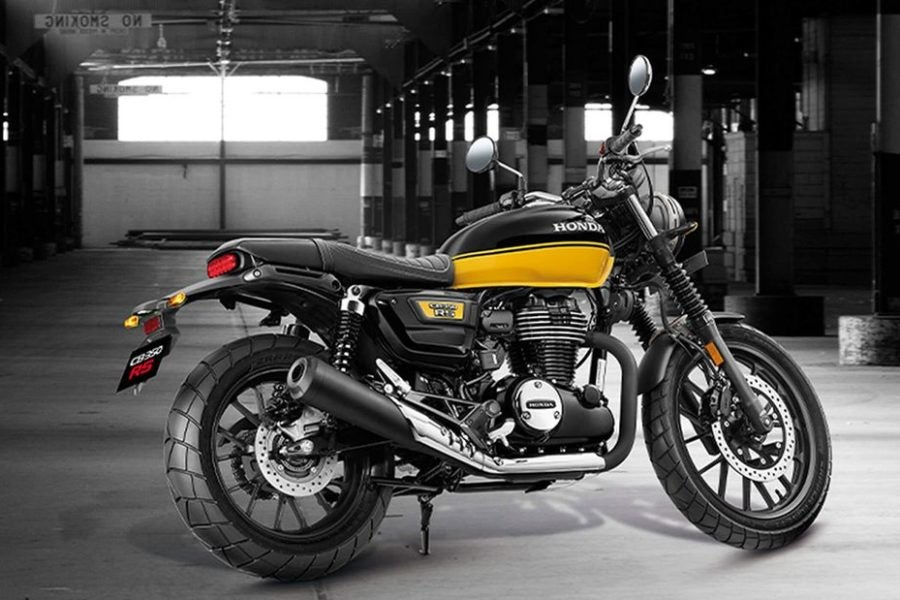“The Art of Bike Fitting: Maximizing Comfort and Performance”

Cycling is not just about speed and endurance; comfort plays a critical role in maximizing performance. Whether you’re a competitive cyclist or a weekend rider, the right bike fit can make a significant difference in your overall experience. Bike fitting goes beyond simple adjustments and focuses on aligning the rider’s body with the bike to improve efficiency, reduce the risk of injury, and enhance comfort.
In this article, we explore the art of bike fitting and how it helps cyclists of all levels achieve their optimal performance while ensuring maximum comfort.

Why Is Bike Fitting Important?
Reducing Risk of Injury
A proper bike fit minimizes the chances of injury, especially those resulting from repetitive strain. When cyclists ride with incorrect posture or poor alignment, they put stress on their joints, muscles, and tendons. Common cycling-related injuries, such as knee pain, back discomfort, or numbness in the hands and feet, are often caused by a poorly fitted bike. A well-adjusted bike ensures that you can ride comfortably without overloading any part of your body.
Enhancing Riding Efficiency
Bike fitting is not only about comfort—it also enhances your riding efficiency. By optimizing the position of your body on the bike, you can generate more power with less effort. For example, the correct saddle height can improve your pedaling motion, allowing you to maintain a steady cadence and conserve energy on longer rides. A properly fitted bike reduces wasted motion and allows you to ride with greater speed and endurance.
Key Elements of a Proper Bike Fit
Saddle Height
One of the most critical aspects of bike fitting is the saddle height. If the saddle is too high, you may overextend your legs, leading to discomfort or even injury. If it’s too low, you’ll sacrifice pedaling efficiency. A professional bike fitter will measure your leg length and adjust the saddle height to ensure optimal leg extension, providing a balance between power and comfort.
Handlebar Reach and Position
Handlebar reach is another essential factor in bike fitting. If the handlebars are too far or too close, you may experience neck, shoulder, or lower back pain. A proper bike fit will adjust the distance between the saddle and handlebars to promote a natural posture, reducing strain on your upper body while maintaining control of the bike. The height and tilt of the handlebars should also be adjusted to match your riding style, whether you prefer a more upright or aerodynamic position.
Cleat Positioning
For cyclists using clipless pedals, the placement of the cleats on your cycling shoes is crucial. Incorrect cleat positioning can lead to knee and foot pain, which can be particularly problematic on long rides. Cleats should be aligned to allow natural foot movement during pedaling. A proper fit will ensure that your feet are in the correct position to maximize pedaling efficiency and reduce unnecessary strain on your legs.
Saddle Tilt
The angle of the saddle, or saddle tilt, can also impact your comfort and performance. A saddle that tilts too far forward can cause you to slide forward, putting pressure on your hands and wrists. Conversely, a backward tilt can lead to discomfort in your lower back. A neutral saddle tilt, with the seat level or slightly tilted according to your anatomy, can improve overall comfort on long rides.
Professional vs. DIY Bike Fitting
Professional Bike Fitting Services
Many cyclists choose to get a professional bike fitting to ensure every aspect of their position is finely tuned. Professional bike fitters use advanced tools such as motion-capture technology, laser alignment systems, and pressure mapping to analyze the rider’s posture and pedaling motion. These fitters have a deep understanding of cycling biomechanics and can make highly detailed adjustments that a typical rider may not consider.
A professional fitting is particularly beneficial for serious cyclists or those experiencing discomfort while riding. Though it may come at a cost, the long-term benefits in terms of injury prevention and improved performance are often worth the investment.
DIY Bike Fitting
For casual riders, a DIY bike fit can still provide significant benefits. Simple adjustments, such as raising or lowering the saddle, adjusting the handlebars, or checking your cleat alignment, can improve your comfort on the bike. Numerous online resources and video tutorials can guide you through the basics of bike fitting. However, it’s important to remember that a professional fitting will always provide more precise results tailored to your specific needs.
Conclusion
The art of bike fitting is about finding the right balance between comfort, performance, and efficiency. Whether you’re training for a race or enjoying weekend rides, having a bike that fits your body ensures that you can ride longer, faster, and with less discomfort. While a professional bike fitting is ideal for maximizing results, even simple adjustments can make a big difference in your cycling experience.



